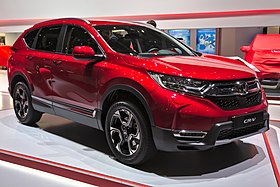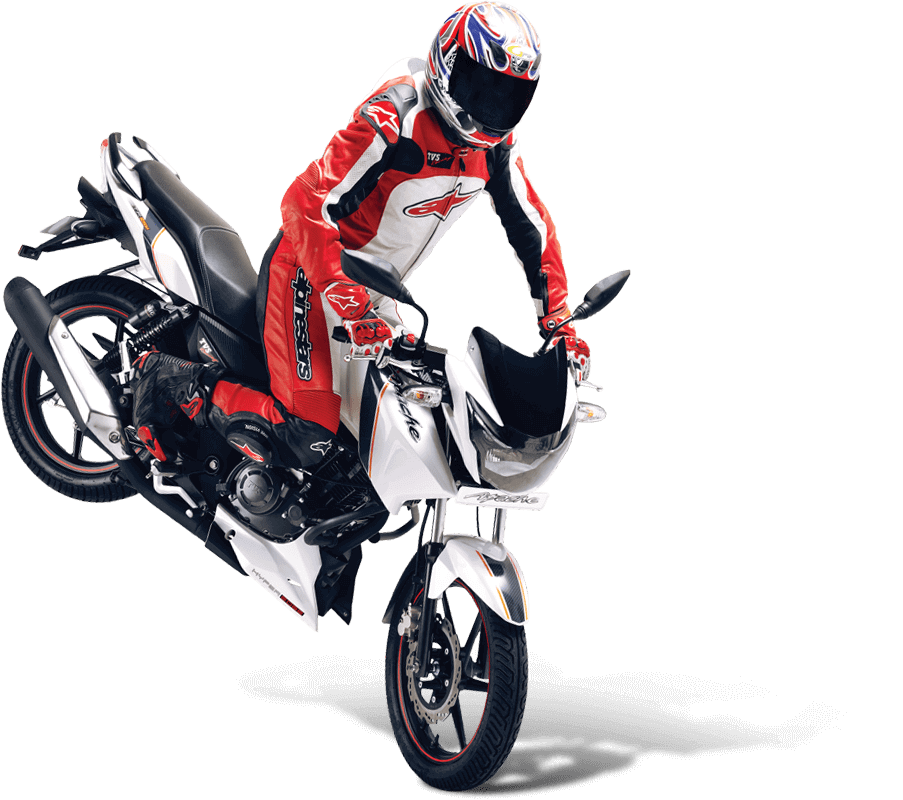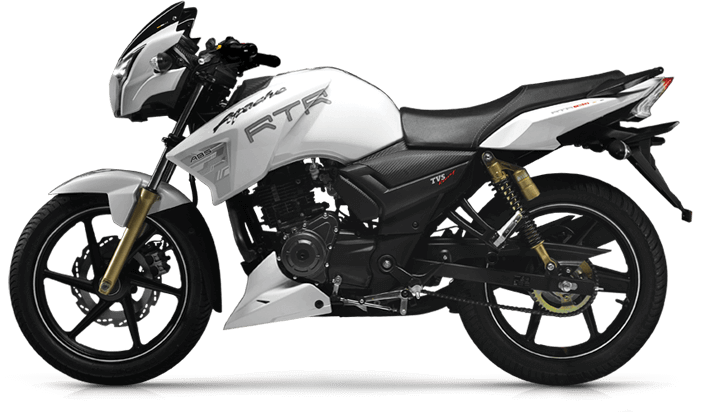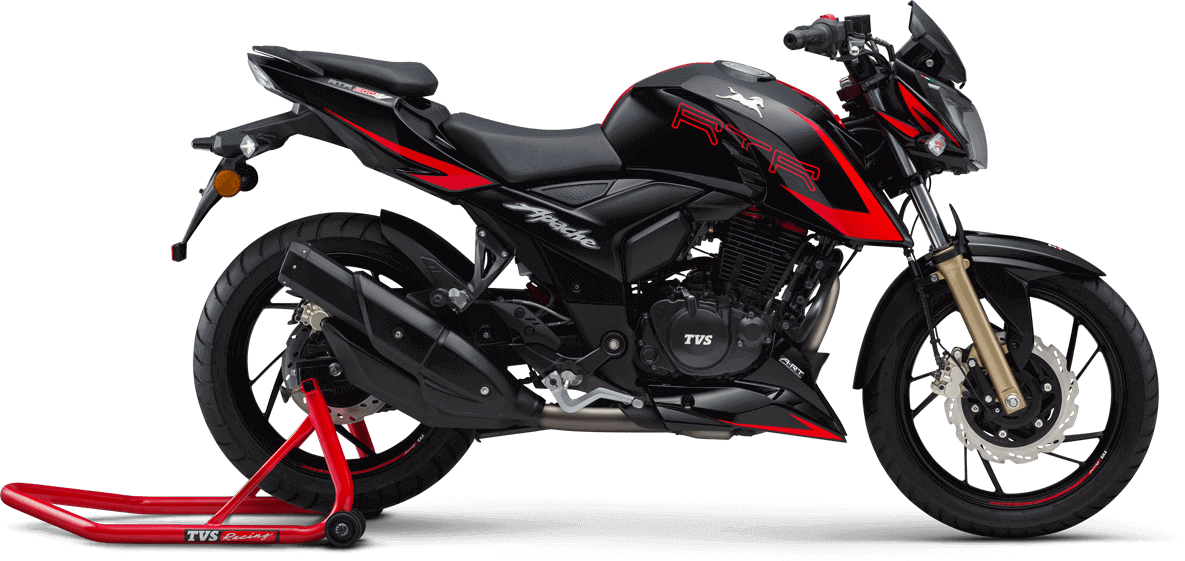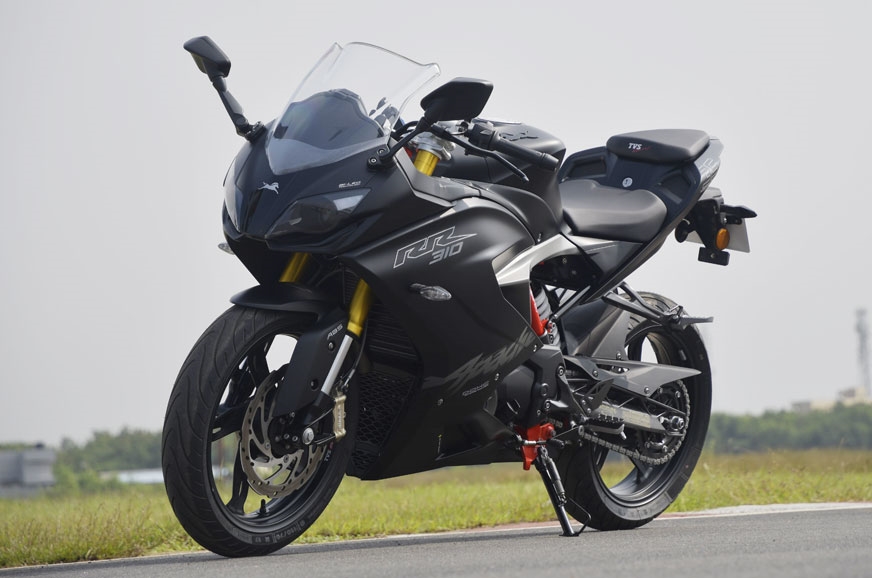MARUTI SUZUKI ERTIGA 2.0
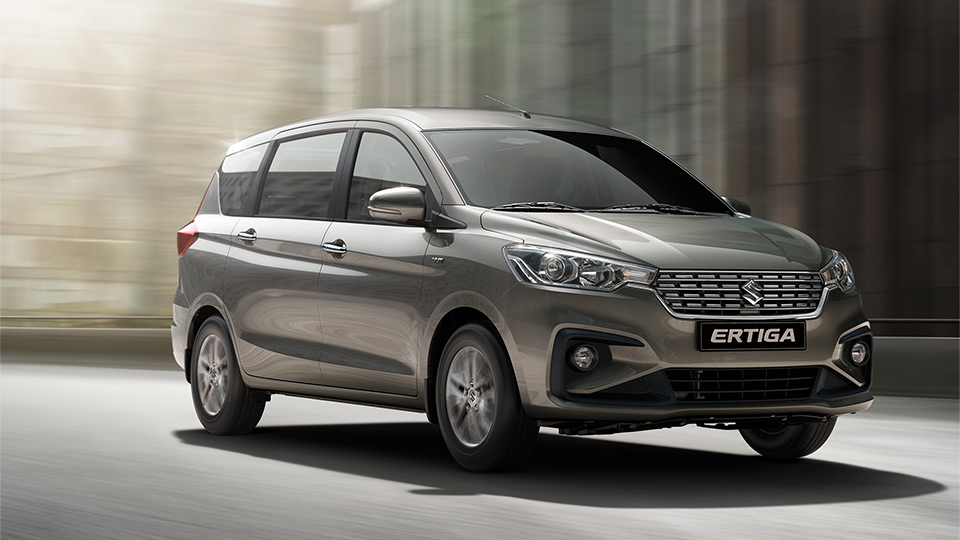
The compact
seven-seater scene continues to be a hotly-contested segment it seems. From
tiny crossovers, to sleek MPVs, automakers are cashing in on this booming
segment. Suzuki's answer to this conundrum? The all-new 2018 Suzuki Ertiga.
Officially
making its world debut at the 2018 Indonesia International Motor Show (IIMS),
the new Ertiga bears a new face, along with new and updated technologies. With
it, Suzuki is determined to keep a foothold on this segment that is populated by
such competitors like the Honda BRV and Mahindra Marrazzo
Much like
the new-generation Swift (from which it is based on), the 2018 Ertiga ditches
its rounded curves for a more angular, more up market appearance. No longer
does the MPV resemble the hatchback as Suzuki gave this all-new model a unique
face.
Lets take a
look at the history and sales statistics of Maruti Suzuki Ertiga in the Indian
market.
The Ertiga
is a 7 Seater mini MPV developed by Suzuki.It is build on the Swift Platform.
Ertiga got
the distinction of having the first monocoque MPV of India.The Ertiga is based
upon the R-III(R3) concept showcased by Maruti Suzuki in 2010 Indian Automobile
Expo.The Ertiga name is derrived from the Indonasian word R-Tiga where the R
stands for Rows and Tiga meaning three.Thus Ertiga means MPV with 3 rows.
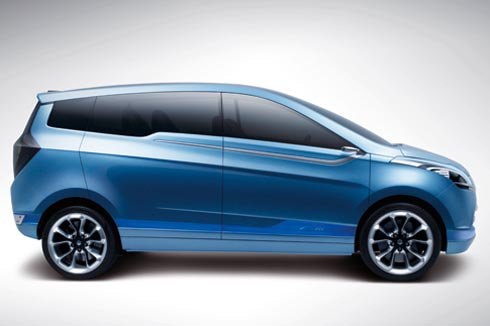
R III concept
First
Generation (2012-2018)
The Ertiga
was launched in India on 12 April 2012 and created a new segment.Ertiga was
below Toyota Innova .Maruti Suzuki proclaimed Ertiga as the first LUV(Life
Utility Vehicle).
The Ertiga
was offered with K15B petrol engine and Fiat’s 1.3 multijet engine.In June
2013,Maruti Suzuki offered Ertiga with a
CNG variant .The Ertiga ruled the segment with no real competitor in the
Indian market.Honda tried various mlodels like Mobilio and BR-V .Cheverlet
introduced Enjoy but they were unable to take any share and Maruti Suzuki
maintained its monopoly in the segment.

Second
generation(2018-)
The second
generation Ertiga is already launched in various Asean markets.It is going to
get launched in the Indian market in few weeks.The second generation model is revolutionary
and has given Ertiga a distinct looks.
Sweeping projector headlights along
with a bigger, more distinct chrome grill, dominate the front fascia of the new
MPV. Also bearing noticeable revisions are the front bumper, foglights and
foglight bezels. Newly-designed 15-inch alloy wheels, as well as eye-catching
L-shaped taillights, are also seen on the all-new Ertiga.
In terms of exterior dimensions, the
2018 Ertiga measures 4395mm long, 1735mm wide, 1690mm tall and has a 2740mm
wheelbase. Compared to the outgoing model, the all-new model is 130mm longer,
40mm wider, and 5mm taller. Wheelbase remains the same as before, however.
To further distinguish itself from
the Swift, Suzuki gave the new Ertiga its own dashboard and cabin design.
High-end models will come with a free-floating touchscreen infotainment system
along with heaps of faux wood trim on the dashboard, center console,
flat-bottomed steering wheel and door panels. Like the current offering, the
2018 Ertiga continues to come with a pre-dominantly beige interior which has
become one of its well-known features.
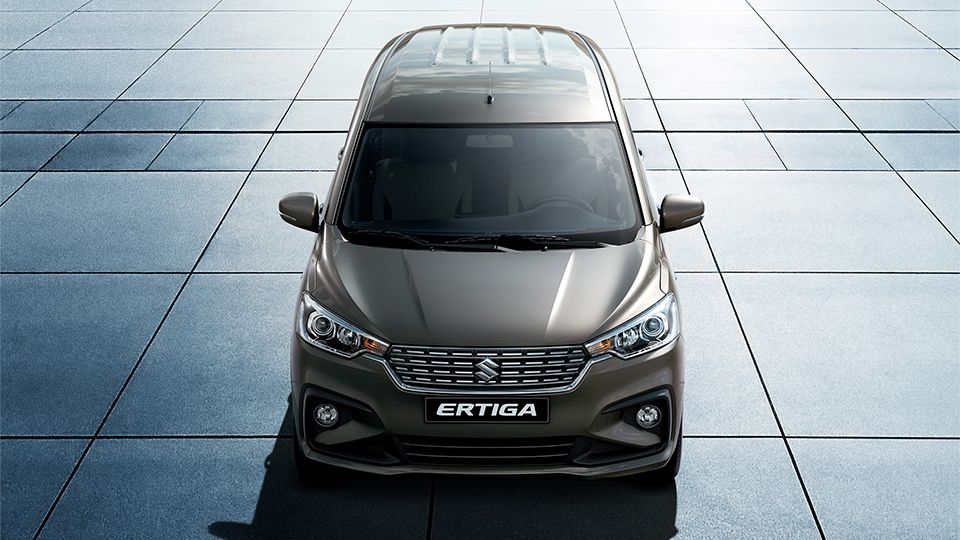
Other features present inside the
Ertiga include a four-speaker sound system, tilt-adjustable steering rack, seat
height adjuster for the driver, refreshed instrument cluster design and three
12V power outlets. Like the current generation model, the second row seat can
be split folded 60:40 while the third row can be folded 50:50.
Under the hood is a new 1.5-liter
four-cylinder engine dubbed the K15B. It displaces 1462cc and benefits from
variable valve timing (VVT) and multi-point injection (MPI). The result is 105
PS at 6000 rpm along with 138 Nm of torque at 4400 rpm. Despite being based off
the new-generation Swift, the 2018 Ertiga is only available with either a
four-speed automatic or a five-speed manual gearbox.
As it sits on the same platform as
the Swift called 'Heartect', Suzuki claimed the 2018 Ertiga is more rigid and
lighter than before. Plus, the MPV will deliver better cornering, stopping and
overall driving performance.
Additional features and amenities
available in the 2018 Ertiga include the following: power-folding side mirrors,
rear parking sensors, keyless smart entry with engine start-stop button,
electronic stability program (ESP), anti-lock brakes (ABS) with electronic
brakeforce distribution (EBD), ISOFIX child seat anchors and dual SRS airbags.
Sweeping projector headlights along
with a bigger, more distinct chrome grill, dominate the front fascia of the new
MPV. Also bearing noticeable revisions are the front bumper, foglights and
foglight bezels. Newly-designed 15-inch alloy wheels, as well as eye-catching
L-shaped taillights, are also seen on the all-new Ertiga.
In terms of exterior dimensions, the
2018 Ertiga measures 4395mm long, 1735mm wide, 1690mm tall and has a 2740mm
wheelbase. Compared to the outgoing model, the all-new model is 130mm longer,
40mm wider, and 5mm taller. Wheelbase remains the same as before, however.
To further distinguish itself from
the Swift, Suzuki gave the new Ertiga its own dashboard and cabin design.
High-end models will come with a free-floating touchscreen infotainment system
along with heaps of faux wood trim on the dashboard, center console,
flat-bottomed steering wheel and door panels. Like the current offering, the
2018 Ertiga continues to come with a pre-dominantly beige interior which has
become one of its well-known features.
Other features present inside the
Ertiga include a four-speaker sound system, tilt-adjustable steering rack, seat
height adjuster for the driver, refreshed instrument cluster design and three
12V power outlets. Like the current generation model, the second row seat can
be split folded 60:40 while the third row can be folded 50:50.
Sources :globalsuzuki,com,Wikipedia and marutisuzuki,com
(This article is written by Gourav Saksham, a dentist by profession and a Petrohead by passion. You can connect with him at gouravsaksham@gmail.com)











